In Ashland, Oregon, an innovative training program is bridging the gap between technology and public safety, demonstrating a forward-thinking approach to disaster response and law enforcement assistance. The National Guard, in collaboration with local and state agencies, has embarked on a mission to train drone pilots, a move that could revolutionize how emergencies and natural disasters are managed, reports NBC5 News.
Bridging the Technological Gap in Emergency Services
At the heart of this initiative is Staff Sergeant Taham Khosrabadi of the Oregon Army National Guard, who, inspired by the limitations faced during the Almeda Fire in 2020, spearheaded the Small Unmanned Aerial Systems Program. Khosrabadi’s experience in Somalia, coupled with the frustration of bureaucratic hurdles that hampered drone usage during a critical time, motivated him to enhance the integration of Drone Technology in public safety operations.
Khosrabadi’s initiative reflects a broader recognition of the need for standardized training and clear protocols that enable effective collaboration between different agencies. This program not only aims to prepare pilots technically but also to navigate the complex landscape of inter-agency cooperation.
“I went to my unit, tried being able to utilize our drones to support EMS. We were told we weren’t allowed to, that there wasn’t any standards and training. There was just a lot of red tape at that moment,” Khosrabadi recounted, highlighting the challenges that spurred the creation of the program.
Advancing Public Safety Through Innovation
The workshops organized under this program are more than just training sessions; they are a platform for synergy between various sectors including forestry, fire departments, and Police. They explore the potential of drones equipped with advanced tools such as 3D mapping of fire damage and infrared sensors to detect hot spots in active fires. This technology promises a leap forward in how First Responders can assess and react to emergencies, offering real-time data that was previously difficult or dangerous to obtain.
Sergeant Drew Burke emphasized the communal and collaborative spirit of the workshops, noting the opportunity they present for “looking at forest fires, looking at destruction, [and] being able to help the community.” The presence of diverse representatives—from the Oregon Department of Forestry to city officials—underscores the widespread interest and potential impact of drone technology across different facets of public safety.
Jeff Pricher, a fire chief and a drone pilot, pointed out a significant hurdle: the need for comprehensive training to ensure that manned and unmanned aircraft can operate safely in the same airspace. His involvement in national Unmanned Aerial Systems (UAS) organizations and his advocacy for the integration of drones into public safety underscore the growing consensus on the importance of this technology.
“The faster we can get these tools into the hands of our public safety providers, we’re going to have actionable intelligence that the decision makers and our elected officials will be able to utilize during disasters,” Pricher stated, highlighting the urgency of adopting these advancements.
A New Horizon for Emergency Management
The collaboration between the National Guard and local agencies in Oregon exemplifies a proactive approach to incorporating technology into public safety and disaster response. The efforts of individuals like Staff Sergeant Taham Khosrabadi and Sergeant Drew Burke, coupled with the expertise of professionals like Jeff Pricher, are paving the way for a future where drones play a critical role in saving lives and protecting communities.
As these drone training programs continue to evolve and expand, the potential for drones to enhance the effectiveness of emergency services is becoming increasingly clear, marking a new horizon in the quest for safer, more resilient communities.



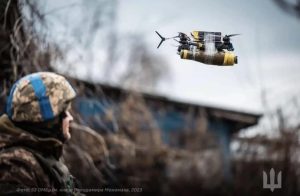


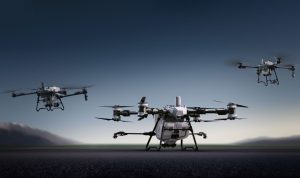

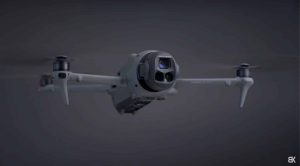
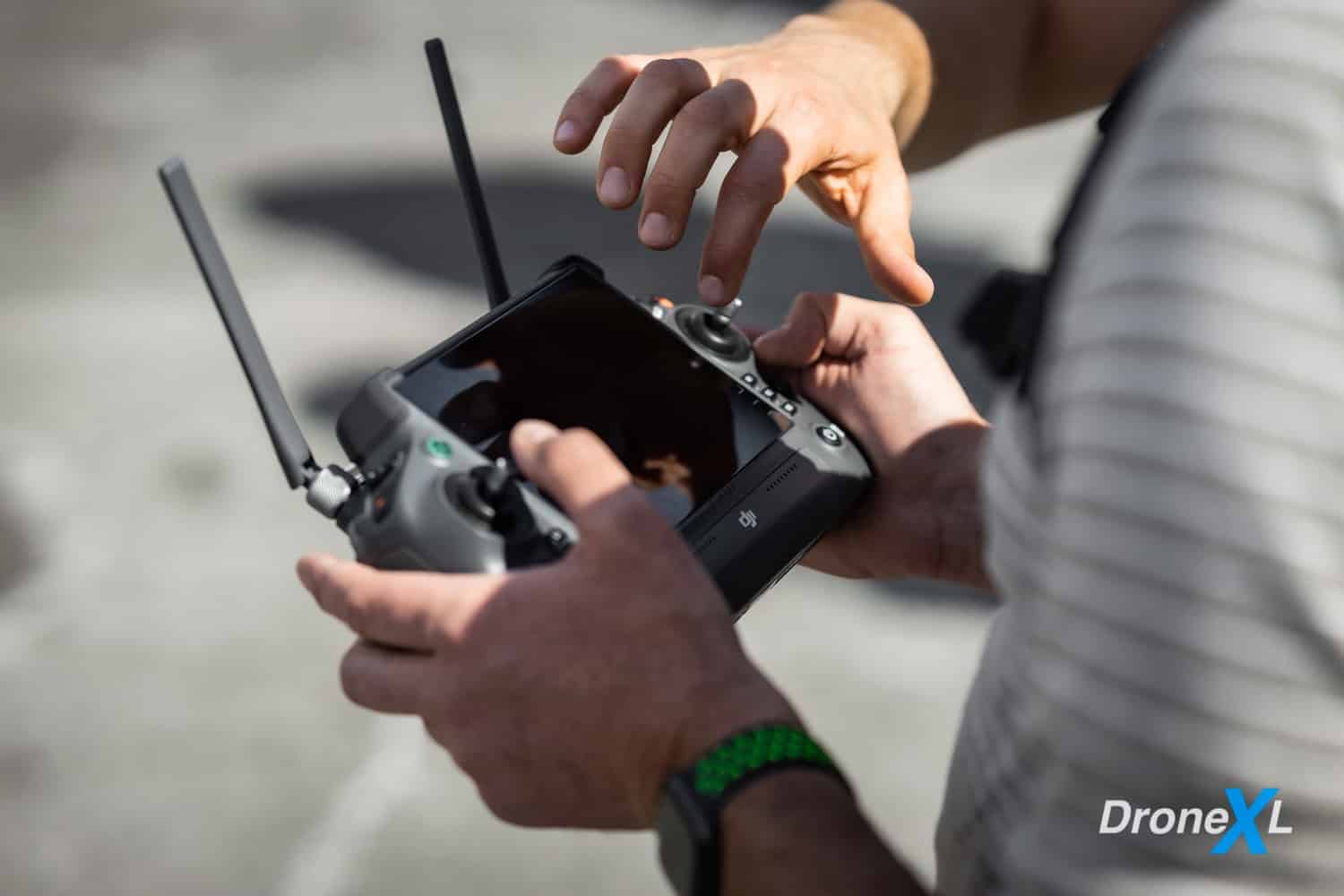


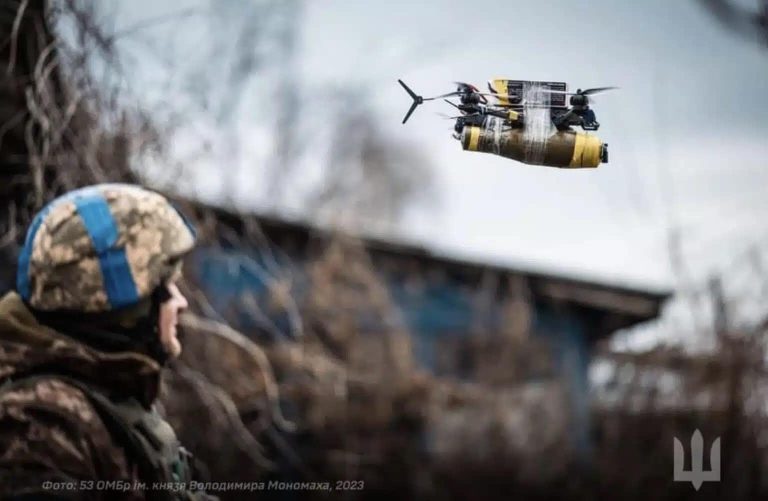



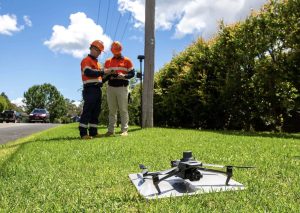



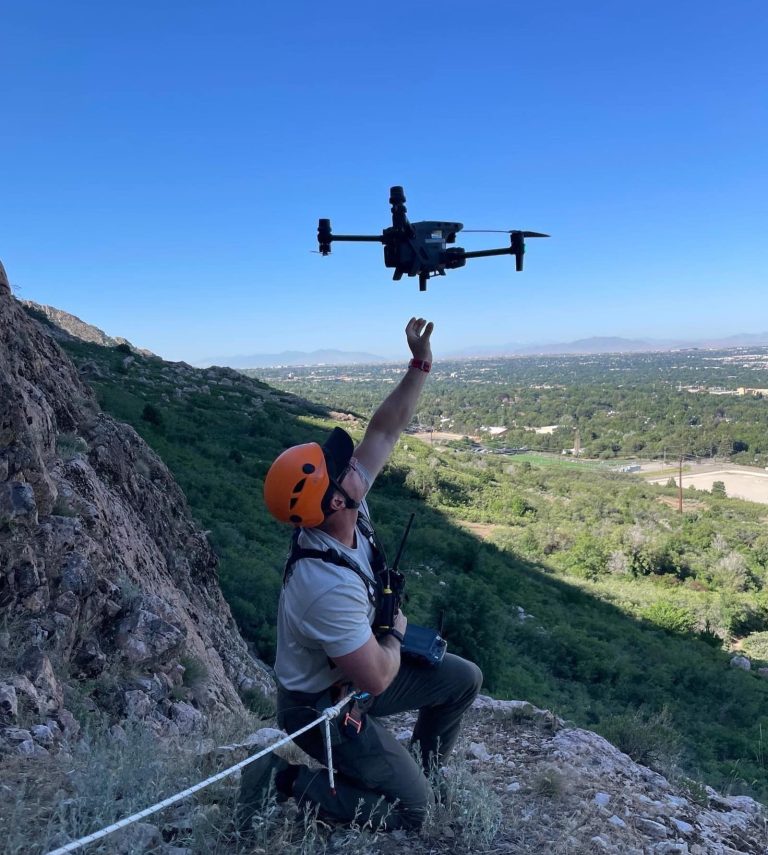
+ There are no comments
Add yours